Questions & Answers
Why should you use OPX? Here are the most common questions we are asked regarding OPX.
Simply put OPX is an end to end software solution for automating and optimizing back office operations and blended workforces of robots and team members.
OPX is purpose built for any organization that relies on back office operations to provide an efficient, cost effective and compliant service to support their customers and business objectives.
Effectively any process including, account openings / admistration, mortgage processing, loan administration, complaints handling, insurance claims and many more.
Yes
OPX is designed to be configured and used by operations managers, team leaders and team members.
Yes. OPX includes the ability to identify and automate tasks or processes within the application or integrate with third party RPA vendor offerings.
Yes. OPX captures work through any digital channel, allocates work to teams, team members or robots according to pre-defined business rules, processes and digitally creates and issues customer communications.
Yes. OPX is not confined to support any specific methodology. Configuration options allow processes to be established and monitored to measure results in real-time and historically.
Planners need to account for a whole range of different factors when setting up a staff schedule – for example, local agreements and employee contracts as well as budgets, individual employee qualifications and employee availability, as well as Client SLA’s.
Too many staff will result in extra costs, too few will compromise customer service. Setting up a schedule is therefore essentially a combination problem, but the number of possible combinations is typically far too large to be handled in a simple spreadsheet; it requires a system with considerable power and mathematical sophistication.
Because, like our existing clients, you may well be able to achieve some or all of the following productivity improvements in your back office by implementing OPX
- 30% improvement in overall productivity
- 20% increase in quality
- 70% reduction in customer complaints
- 28% reduction in costs
With a potential ROI payback of less than 12 months, and full operational benefits accruing by year 3.
RPA – or Robotic Process Automation – is the systems automation of tasks or processes without human intervention. This is not specifically the unique paradigm of the back-office, but it is in the back- office that many of these tasks are traditionally found. Many companies have operational areas that need to execute many hundreds of processes each day which are fundamentally rules-based, and which don’t require human decision making and judgement.
OPX RPA can manage these repetitive tasks for you by providing software robots that replace the need for manual processing. This solution also helps reduce the human errors associated with the completion of tedious repetitive tasks.
No, it’s not, although it does have an embedded workflow component within it. OPX is about getting the right work to the right people at the right time – it’s about real time planning and forward capacity planning.
Whilst OPX has enterprise-level impact within an organisation, it is not an enterprise software product in the traditional sense, and therefore it does not require heavy support from your in-house technology staff. It has been built within a Microsoft environment, and has been designed to be implemented by operations management staff. Typical implementation cycles are from 3-6 months per client, though it is possible to improve on this – one of our clients went live with 140 staff across 2 locations within 6 weeks.


 Thank you for your interest in our whitepaper. You can download Meet Our Email Bot by clicking the button below.
Thank you for your interest in our whitepaper. You can download Meet Our Email Bot by clicking the button below. Thank you for your interest in our whitepaper. You can download Why Now is the Time to Invest in Back Office Workforce Optimisation by clicking the button below.
Thank you for your interest in our whitepaper. You can download Why Now is the Time to Invest in Back Office Workforce Optimisation by clicking the button below. Thank you for your interest in our whitepaper. You can download AI Driven Forecasting for WFM & WFO by clicking the button below.
Thank you for your interest in our whitepaper. You can download AI Driven Forecasting for WFM & WFO by clicking the button below.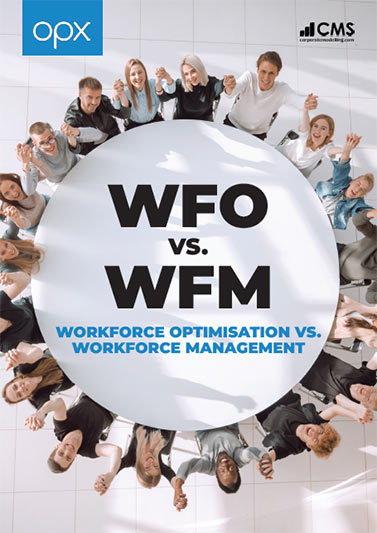 Thank you for your interest in our whitepaper. You can download Workforce Optimisation vs Workforce Management by clicking the button below.
Thank you for your interest in our whitepaper. You can download Workforce Optimisation vs Workforce Management by clicking the button below. Thank you for your interest in our case study. You can download the HCL IBS Case Study by clicking the button below.
Thank you for your interest in our case study. You can download the HCL IBS Case Study by clicking the button below.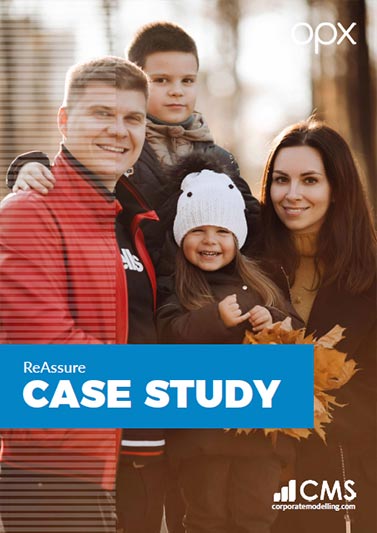 Thank you for your interest in our case study. You can download the ReAssure Case Study by clicking the button below.
Thank you for your interest in our case study. You can download the ReAssure Case Study by clicking the button below. Thank you for your interest in our case study. You can download the Student Loans Case Study by clicking the button below.
Thank you for your interest in our case study. You can download the Student Loans Case Study by clicking the button below. Thank you for your interest in our case study. You can download the Principality Building Society Case Study by clicking the button below.
Thank you for your interest in our case study. You can download the Principality Building Society Case Study by clicking the button below.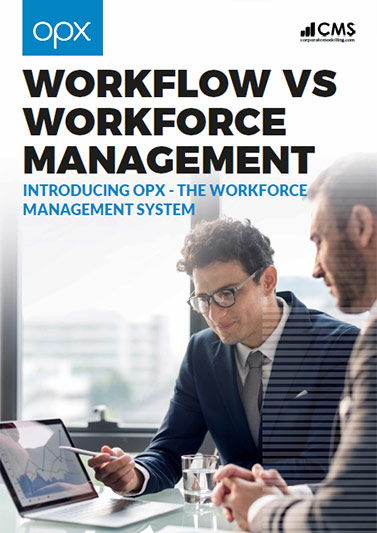 Thank you for your interest in our whitepaper. You can download WorkFlow vs WorkForce Management by clicking the button below.
Thank you for your interest in our whitepaper. You can download WorkFlow vs WorkForce Management by clicking the button below. Thank you for your interest in our whitepaper. You can download Homeworking in Financial Services Operations by clicking the button below.
Thank you for your interest in our whitepaper. You can download Homeworking in Financial Services Operations by clicking the button below.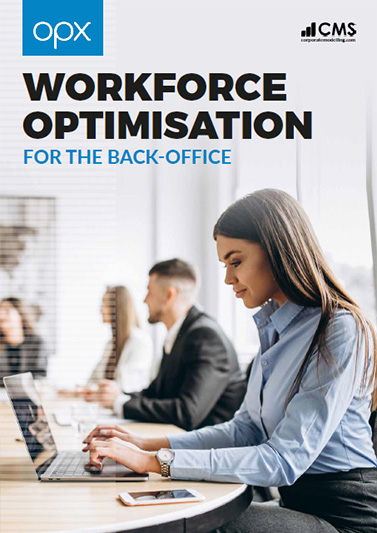 Thank you for your interest in our whitepaper. You can download Workforce Optimisation for the Back Office by clicking the button below.
Thank you for your interest in our whitepaper. You can download Workforce Optimisation for the Back Office by clicking the button below.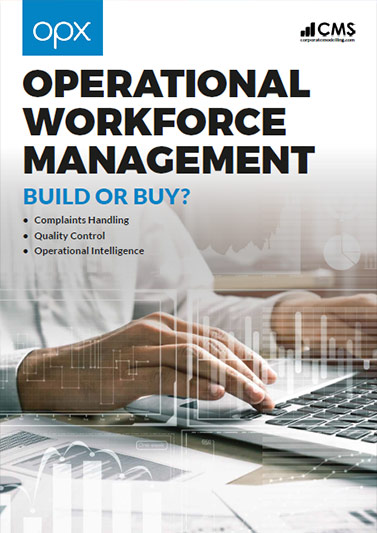 Thank you for your interest in our whitepaper. You can download Operational Workforce Management: Build or Buy? by clicking the button below.
Thank you for your interest in our whitepaper. You can download Operational Workforce Management: Build or Buy? by clicking the button below. Thank you for your interest in our whitepaper. You can download Homeworking & Back Office Workforce Optimisation by clicking the button below.
Thank you for your interest in our whitepaper. You can download Homeworking & Back Office Workforce Optimisation by clicking the button below.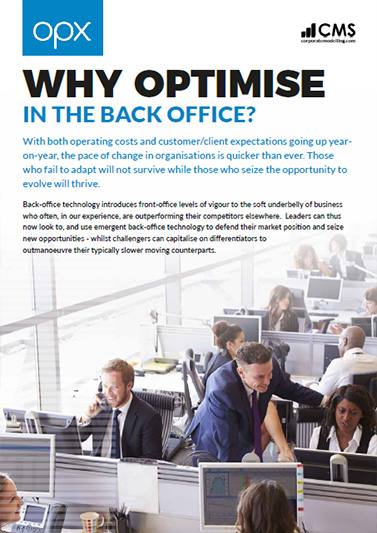 Thank you for your interest in our whitepaper. You can download Why Optimise in the Back Office? by clicking the button below.
Thank you for your interest in our whitepaper. You can download Why Optimise in the Back Office? by clicking the button below.